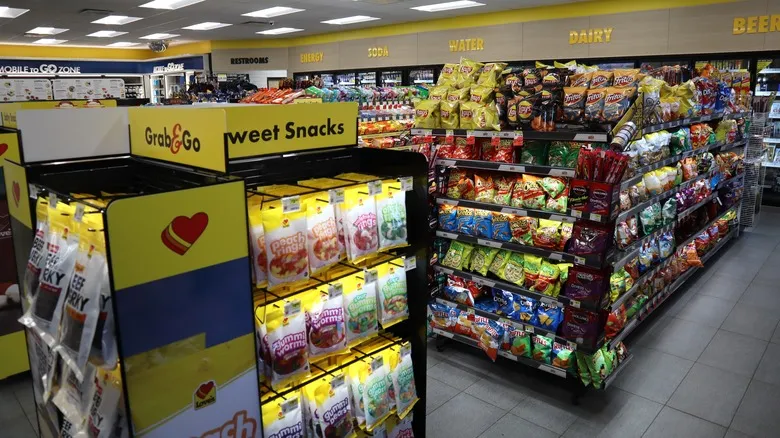1. Sushi
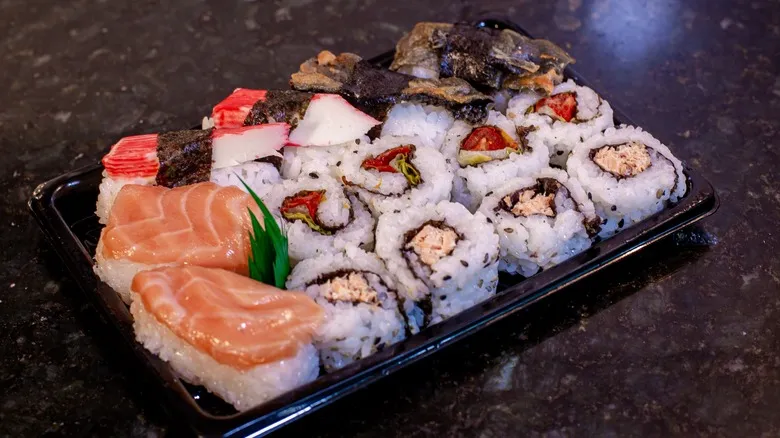
Gas station sushi has long been the butt of jokes about food poisoning, stomach issues, and other hazards of road trips. This isn't surprising, given the notion of freshly prepared sushi sitting in a remote gas station along the winding highways of the country—sometimes nearly a day’s drive from the nearest ocean—is quite far-fetched. Honestly, it’s hard to fathom why anyone would seek out sushi that’s been stored in a gas station cooler.
If you find yourself at a rest stop with a sudden sushi craving (for whatever reason), opting for rolls without raw seafood is your safest bet to avoid spoiled ingredients. California rolls, for instance, which include imitation crab, rice, avocado, and cucumber, are a relatively safe option. On the other hand, rolls that contain raw fish pose a greater risk of parasites and can spoil quickly. For example, lower-quality sushi often uses tuna scrape—the leftover meat after the prime cuts are removed. This has been associated with salmonella outbreaks (according to the Centers for Disease Control and Prevention) and is somewhat reminiscent of the controversial "pink slime" from the beef industry. In short, consuming raw fish carries inherent risks, so it’s wise to save that gamble for a reputable sushi restaurant rather than a gas station.
2. Hot dogs
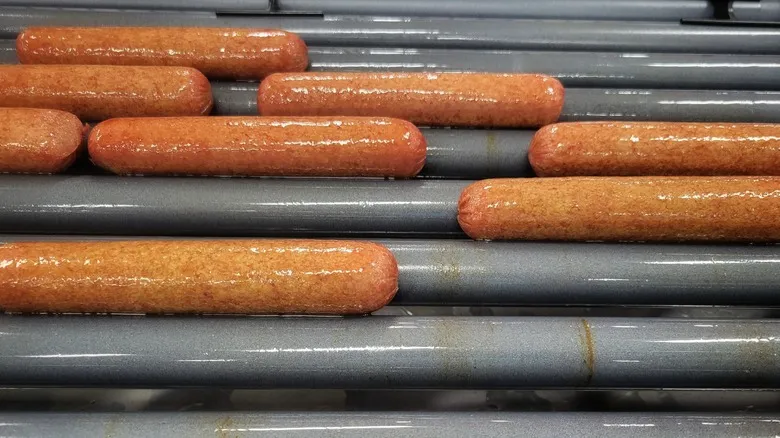
Stepping into a gas station to refuel both your vehicle and yourself, grabbing a quick, classic store-bought hot dog might seem like the ideal snack to get you back on track. However, gas station hot dogs—those that are slowly rotating under a heat lamp—can come with some concerns. Firstly, it’s hard to determine how long those wieners have been sitting there. Often, there’s a lack of sneeze guards or barriers against outside contaminants, including the hands and germs of other customers. Most importantly, the heat lamps may not be maintaining the necessary temperature to ensure safe consumption.
According to Food Docs, hot dogs on roller grills must be kept at 135 degrees Fahrenheit or higher to prevent the growth of bacteria like listeria, which could definitely spoil your road trip with symptoms like vomiting, diarrhea, and stomach cramps. Furthermore, hot dogs should be discarded at the end of the day, or even after just a few hours, to guarantee their freshness.
3. Fresh fruit and produce
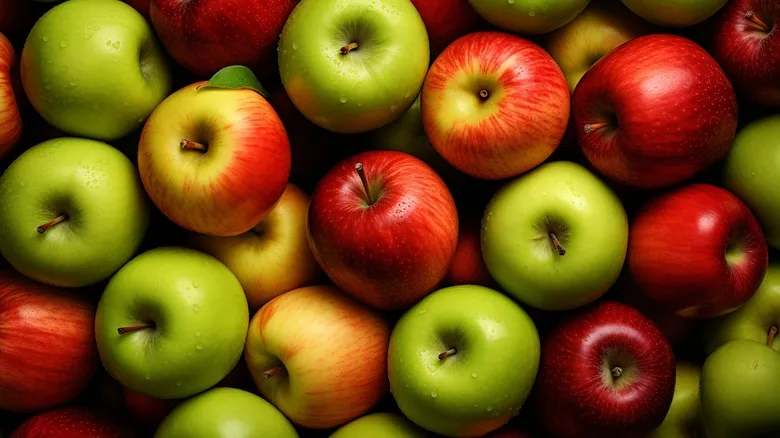
Imagine you've just entered a gas station, consciously avoiding the unhealthy snacks. No chips, beef jerky, or mini doughnut packs for you. Instead, you're drawn to the fresh fruit section, thinking an apple or banana would be the perfect snack for your road trip. However, while choosing fresh produce is commendable, it might not be the best decision. Gas stations often charge significantly higher prices for fresh items like fruits and vegetables due to their lower sales volume. For instance, a banana at a supermarket like Walmart typically costs around 27 cents, but at a gas station (we checked Sheetz and Wawa), it can range from 59 to 99 cents.
Moreover, the fresh produce at gas stations may not be as fresh as you'd hope. Due to the slower turnover, many fruits and vegetables might have been in cold storage longer than you'd like to think. This means the apple you’re considering could have been picked months ago and stored for an extended period, or the pre-cut fruit you’re eyeing might be nearing or past its peak freshness.
4. Slushies
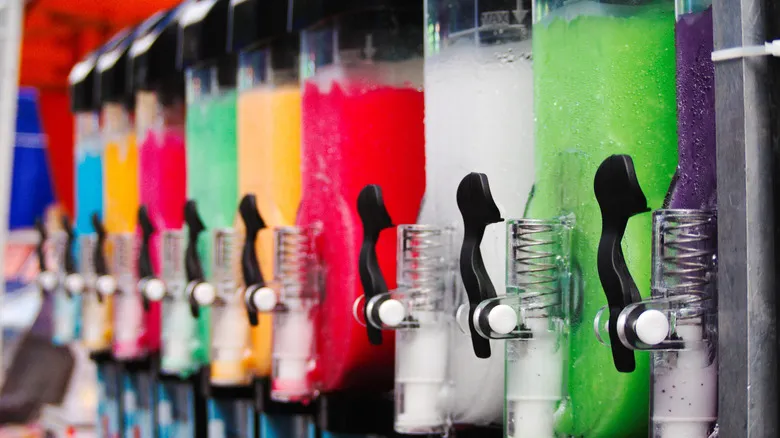
If there's one impulse purchase that many of us can't resist, it's the Slushie from the gas station. Known by various names depending on your preferred gas station, these vibrant, icy beverages are a delightful mix of brain freeze, unnatural colors, and an overwhelming amount of sugar. However, when it comes to quick snacks at the gas station, this is one item you might want to pass on.
As reported by the York Daily Record, gas stations and convenience stores are infamous for harboring mold, mildew, and other unsightly substances lurking in ice machines, soda dispensers, and yes, slushie machines. These machines require thorough cleaning to prevent these unpleasant issues, which can result in a range of gastrointestinal problems and foodborne illnesses. Unfortunately, health inspectors frequently discover that these machines are not maintained properly, putting you, the consumer, at risk with every sip you take.
5. Nachos
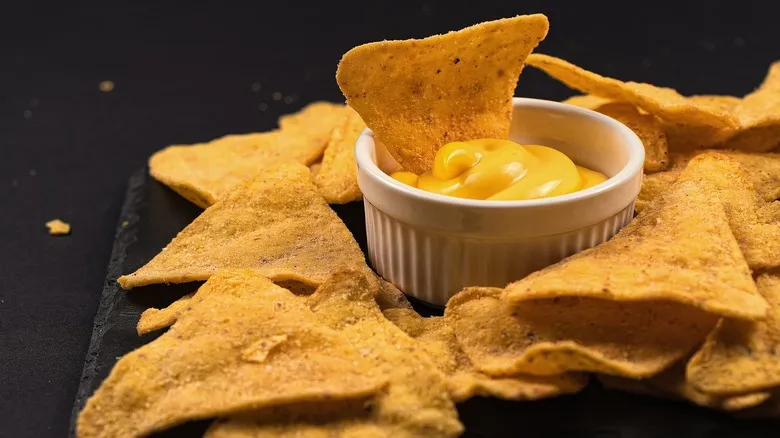
These are not the mouthwatering nachos you adore from your favorite eatery, the ones loaded with three types of cheese, black beans, chorizo, fresh cilantro, and crema. No, we’re referring to those round, somewhat stale tortilla chips topped with a bright, unnaturally orange "cheese" (sometimes served on the side for dipping). If you’re lucky, there might even be some salsa if the gas station you’re at is a bit upscale.
Gas station nachos are best avoided due to the frequent failure of these places to maintain certain foods at safe temperatures. Nachos — particularly that nacho cheese — must be kept above 135 degrees Fahrenheit to eliminate harmful organisms, according to the FDA. However, pre-made nachos can become overly soggy when held at that temperature, so either way, you’re not in for a pleasant dining experience.
Those holding temperatures are serious business. In 2017, one person lost their life and many others were hospitalized after consuming contaminated nacho cheese at a gas station in California. The cheese was tainted with botulism — a paralytic illness caused by a toxin found in improperly processed or stored foods.
Recommended
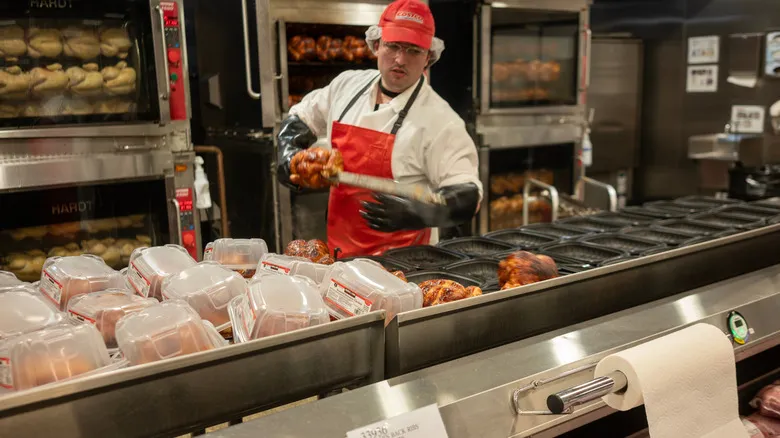
Everything We Know About The Costco Strike So Far
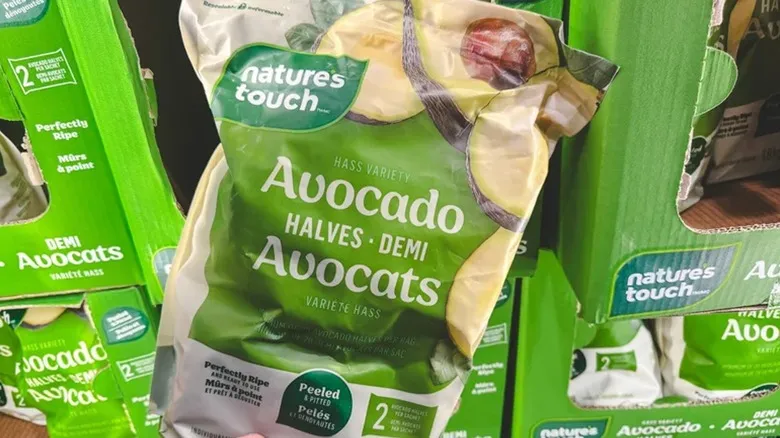
Why You Should Reconsider Buying Costco's Frozen Avocado Halves
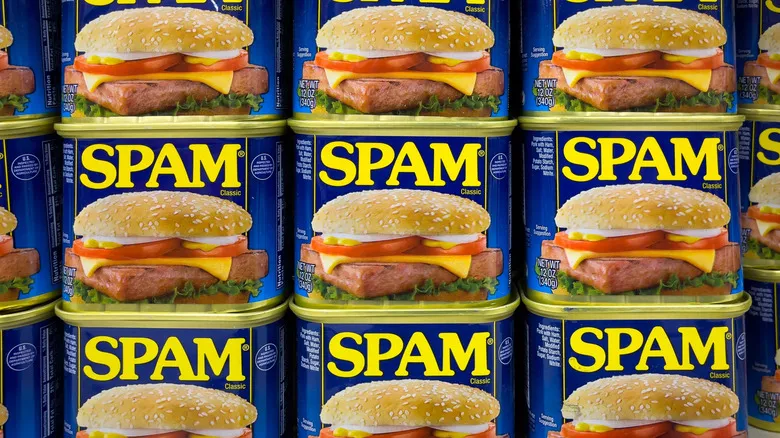
The Spicy Spam Variety You Can Find At Costco
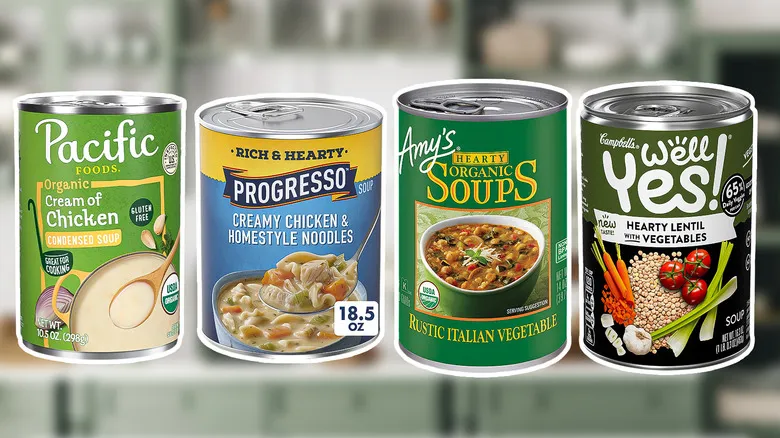
The Best And Worst Canned Soups To Buy At The Grocery Store
Next up

